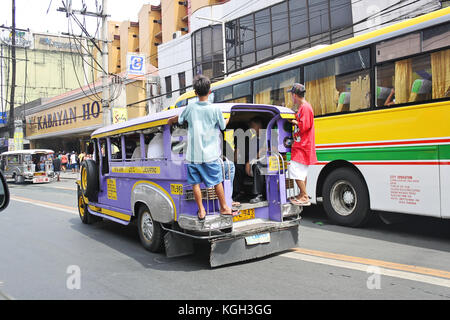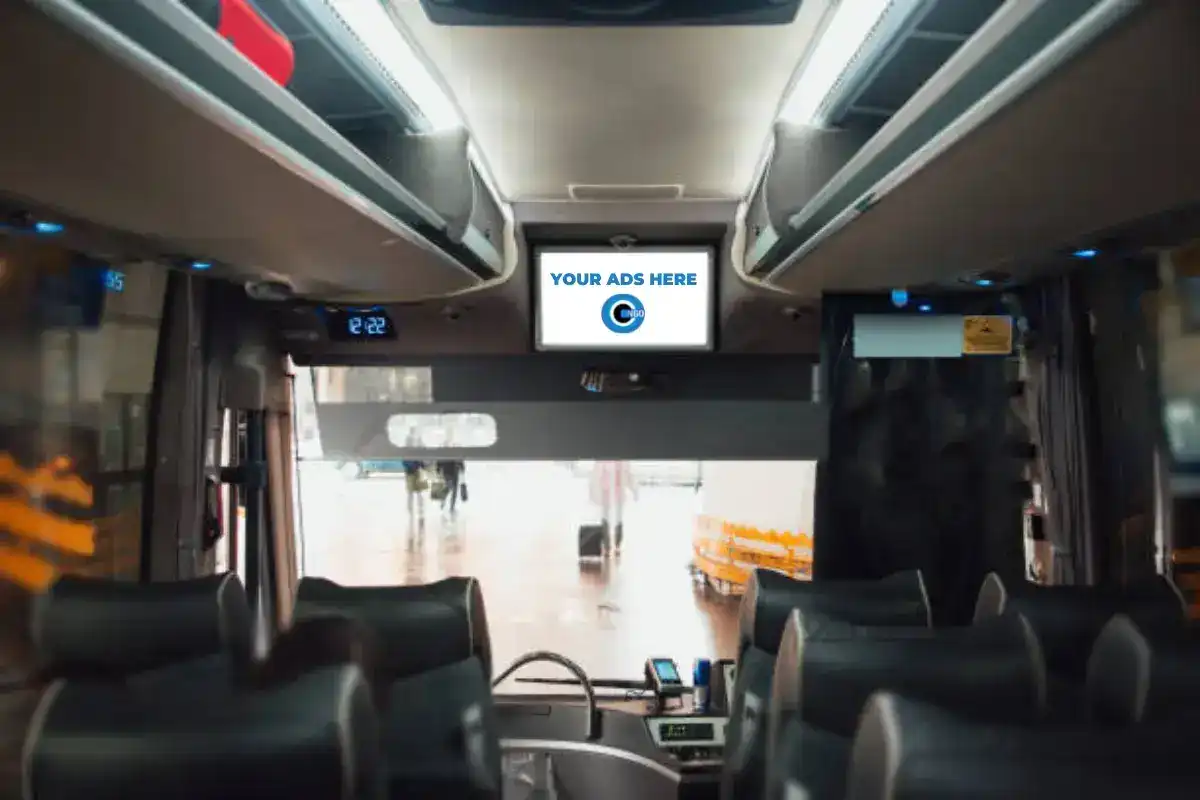Budget Friendly Transit Advertising Philippines for Brand Name Recognition
Budget Friendly Transit Advertising Philippines for Brand Name Recognition
Blog Article
Understanding the Function of Transportation Marketing in Enhancing Brand Name Presence and Consumer Interaction
Transportation advertising and marketing has actually emerged as an essential component in the marketing landscape, offering special possibilities for brands to raise their presence and involve consumers efficiently. With the capacity to get to a captive and diverse target market throughout their daily commutes, these marketing techniques are not just about visibility; they have to do with creating significant links with potential customers. As we discover the complex benefits and cutting-edge strategies within transportation advertising, it becomes vital to consider how these elements collectively influence customer perception and actions, elevating inquiries concerning their long-term effect on brand name commitment.
Definition of Transit Advertising
Transportation advertising and marketing refers to the technique of advertising products, solutions, or brand names through ads positioned in and around mass transit systems. This form of advertising incorporates a range of positionings, consisting of posters on trains and buses, digital screens at transit terminals, and wraps on the outside of vehicles. It intends to reach a varied audience, profiting from the high foot traffic connected with public transit.
Transit advertising is strategically positioned to catch the attention of travelers, who commonly spend significant time traveling or waiting. By integrating promotions into the day-to-day regimens of people, brands can create an enduring impact and foster brand acknowledgment. The medium is particularly efficient in urban environments, where mass transit is a main mode of travel.
Furthermore, transit marketing can assist in local targeting, enabling organizations to get to specific demographics based on transit routes and terminal locations. As city populaces grow and using public transport boosts, this advertising and marketing technique has gained prominence as a vital part of integrated marketing strategies. The dynamic nature of transit marketing, incorporated with its capability to engage customers in a captive atmosphere, highlights its significance in contemporary marketing practices.
Benefits of Transportation Advertising
The effectiveness of transit advertising hinges on its ability to supply a multitude of advantages to brands seeking to improve exposure and interaction. One of the primary benefits is the comprehensive reach it offers; transit ads can efficiently target diverse demographics throughout metropolitan locations, getting to both commuters and pedestrians alike. This broad exposure significantly increases brand awareness.
Another benefit is the high regularity of impressions. As transportation vehicles follow well established courses and quit at numerous places, they produce repetitive direct exposure that reinforces brand messages. This regularity cultivates familiarity, which is crucial in customer decision-making.
Transit marketing is additionally cost-efficient compared to other media systems. Offered its extensive reach and capacity for high perceptions, brand names typically experience a lower cost per thousand perceptions (CPM), maximizing their marketing budget.
Furthermore, transit ads can create a sense of neighborhood connection. By lining up with neighborhood transit systems, brand names can resonate with regional target markets and promote a feeling of regional satisfaction. This local technique improves brand name commitment and engagement, making transportation advertising a compelling option for companies aiming to solidify their presence out there.

Effective Techniques for Transportation Projects
To take full advantage of the influence of transportation campaigns, brand names need to take advantage of tactical planning and execution customized to their target market. First, identifying the demographic characteristics of the target market using public transit is important. This enables brand names to create personalized messaging that reverberates with prospective clients.
Following, selecting the appropriate transit tools is necessary. Whether using bus wraps, subway posters, or electronic displays, each medium has distinct advantages that can enhance exposure. For circumstances, lively visuals on bus covers can attract focus, while electronic ads can be upgraded often to show prompt promos.
Additionally, integrating a cohesive branding method across transportation platforms makes sure consistency and strengthens the brand name's identification. Making use of attractive styles and memorable taglines will certainly strengthen brand recall amongst commuters.
Last but not least, timing is a vital consider carrying out effective transit projects. Introducing campaigns during optimal travel hours or neighborhood occasions can considerably raise presence and engagement. By employing these approaches, brands can successfully harness the capacity of transportation advertising, cultivating greater awareness and link with their target market. Ultimately, a well-executed transit campaign can drive considerable development in brand name exposure and customer involvement.

Measuring Effect and Engagement
In examining the efficiency of transportation ad campaign, exact dimension of effect and engagement is important for brands seeking to enhance their marketing techniques. Metrics such as reach, frequency, and impacts supply foundational information hop over to here to examine presence. other Analyzing these elements aids identify the number of possible customers are subjected to the ads during their everyday commutes.
Engagement can be further gauged with customer interactions, such as web site traffic, social networks mentions, and straight feedbacks to calls-to-action featured in the ads. Utilizing tools like QR codes or unique Links can promote monitoring of consumer actions directly linked to transit projects. Surveys and responses systems also function as useful methods to collect qualitative information on consumer assumptions and recall of the advertisement.
Moreover, advanced analytics and attribution designs can correlate transportation exposure with subsequent getting habits, providing insights right into the return on investment. By using a detailed strategy that incorporates measurable and qualitative measures, brands can establish a nuanced understanding of their transportation advertising impact. Inevitably, this data-driven method makes it possible for brand names to improve their projects, ensuring they reverberate effectively with target market and boost total brand name visibility.
Study of Effective Projects
Successful transit marketing projects work as compelling instances of just how effective methods can raise brand name presence and interaction. Transit Advertising Philippines. One significant case is the "I Love New York" project, which changed the city's photo and drew in countless vacationers. By utilizing metro ads, billboards, and bus covers, the campaign produced a solid, natural brand name identification, causing a substantial uptick in tourism and local service patronage
Another exemplary project is Coca-Cola's "Share a Coke" campaign, which leveraged transportation advertising like this to customize the brand name experience. By featuring preferred names on promotional products across numerous transit systems, Coca-Cola cultivated a deeper emotional link with consumers, urging them to share their experiences on social media.
In addition, the "Got Milk?" campaign successfully made use of mass transit advertisements to reach a broad audience, strengthening the message of the value of milk in a well balanced diet. The project saw a measurable increase in milk intake in target demographics.
These study show that when carried out attentively, transportation marketing can dramatically enhance brand name presence, foster customer engagement, and drive quantifiable outcomes, demonstrating its essential function in contemporary advertising and marketing strategies. - Transit Advertising Philippines
Verdict
In conclusion, transportation advertising and marketing works as an important tool for boosting brand presence and cultivating consumer interaction. By making use of purposefully put promotions within public transport systems, brands can effectively reach varied audiences and reinforce recognition via constant direct exposure. The implementation of targeted messaging and innovative techniques better enhances the impact of transportation projects. Eventually, the ability to measure involvement and evaluate effective study underscores the effectiveness of transit advertising in driving brand loyalty and consumer communications.
Transportation marketing has actually arised as a pivotal element in the advertising landscape, offering unique opportunities for brands to boost their visibility and engage customers properly.In addition, transportation marketing can help with local targeting, allowing companies to reach details demographics based on transportation routes and station areas.In assessing the efficiency of transportation advertising and marketing campaigns, accurate dimension of influence and engagement is vital for brands looking for to maximize their marketing techniques.Successful transportation marketing projects serve as engaging examples of just how effective methods can raise brand name presence and involvement.In verdict, transportation advertising offers as a crucial tool for improving brand name exposure and fostering customer involvement.
Report this page